Thank you dear subscribers, we are overwhelmed with your response.
Your Turn is a unique section from ThePrint featuring points of view from its subscribers. If you are a subscriber, have a point of view, please send it to us. If not, do subscribe here: https://theprint.in/
eSanjeevani has the potential to transform primary healthcare, provided it overcomes the challenge of mistrust that patients have in teleconsultation due to the lack of doctors’ personal touch
In December 2020, Kamla Devi, a 28-year-old resident of Betalghat village in Nainital, used teleconsultation to save her and her newborn’s life. Kamla devi is not alone. Many residents in the remotest villages of India are now consulting online with doctors through ‘e-Sanjeevani OPD’ – a free-of-cost teleconsultation platform launched by the Government of India in April 2020. Over 3 crore beneficiaries have used eSanjeevani by March 2022. In a country like India, where the accessibility of primary healthcare services in rural areas remains a critical challenge due to the unavailability of doctors at primary health centres (PHCs), teleconsultation is a much-needed intervention.
According to the Rural Health Statistics (RHS) 2019-2020, there is a 6.8% shortfall of doctors at PHCs, and out of the sanctioned medical officer posts, more than 24% posts were vacant as of March 2020. Even at a secondary level of healthcare, where Community Health Centres (CHCs) serve a population of 80,000 to 1,20,000, there is a shortfall of more than 75% of doctors, and more than 63% of sanctioned doctors posts are vacant. Due to the lack of availability of doctors at the primary and secondary level of healthcare in India, tertiary care centres have therefore become the first level of contact, which is very often at an advanced stage of the disease, between individuals and doctors. eSanjeevani offers an opportunity to bridge the gap of doctors’ unavailability by using teleconsultation. It subsequently enables early diagnosis, better disease management and improved treatment outcome. Besides, digitization of primary care consultation through eSanjeevani also provides an opportunity to utilize this extensive population-level data for disease surveillance, reporting and managing outbreaks, and informing system redesign and capacity development.
However, to catalyze uptake of eSanjeevani, the lack of trust for teleconsultation amongst caregivers and patients needs to be overcome. Technological advancements and experiences from the COVID-19 pandemic have helped break down some barriers that can impede the adoption of teleconsultation. COVID-19 has propelled health systems to scale teleconsultation after years of lagging adoption. According to an EY survey, 64% of consumers show increased willingness to adopt teleconsultation post-COVID-19. However, this impact is more pronounced in cities and limited to rural India. The lack of doctors’ personal touch causing mistrust among patients during teleconsultation remains a significant concern in rural India.
Integrating remote tech diagnostic devices with the eSanjeevani portal will make teleconsultation tangible. It will enable the collection of critical patient vitals to support an evidence-based diagnosis. Availability of patient vitals with doctors during teleconsultation will prevent misdiagnosis and foster trust amongst patients and caregivers in the diagnosis. Integrating basic diagnostic into eSanjeevani will also provide for screening of non-communicable diseases (NCDs) such as hypertension, diabetes, chronic obstructive pulmonary diseases, etc., for patients reporting to the first tier of the healthcare system in India. Early detection of NCDs can lead to quicker treatment and mitigate possible socioeconomic and other health effects.
While some health and wellness centres under Ayushman Bharat record patient vitals such as blood pressure and glucose level and pass that information to doctors during an online consult, the need of the hour is an integrated world-class teleconsultation platform for scale-up. A platform that becomes a one-stop solution for patients and prevents the need for multiple touch points in the healthcare system. Integrating the eSanjeevani platform with the existing public health system ecosystem of laboratories for further testing and tertiary care hospitals for in-person referrals is imperative for its adoption.
With a bit of reimagination, eSanjeevani has the potential to shift one-fourth of the healthcare ecosystem in India to virtual care and strengthen primary healthcare in India.
Email: rg3173@columbia.edu
Twitter: @ritubhangautam
These pieces are being published as they have been received – they have not been edited/fact-checked by ThePrint.

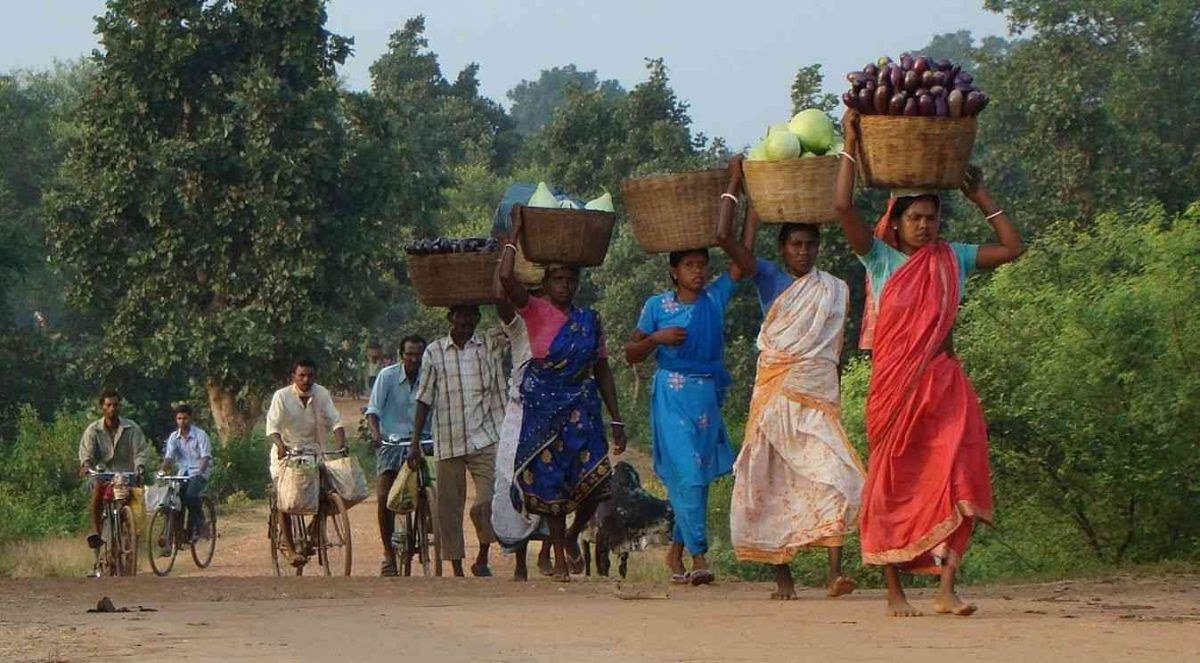

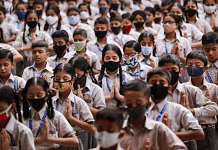
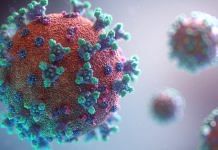





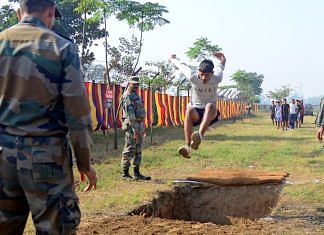
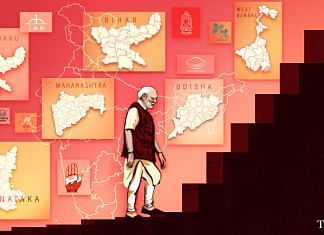
COMMENTS